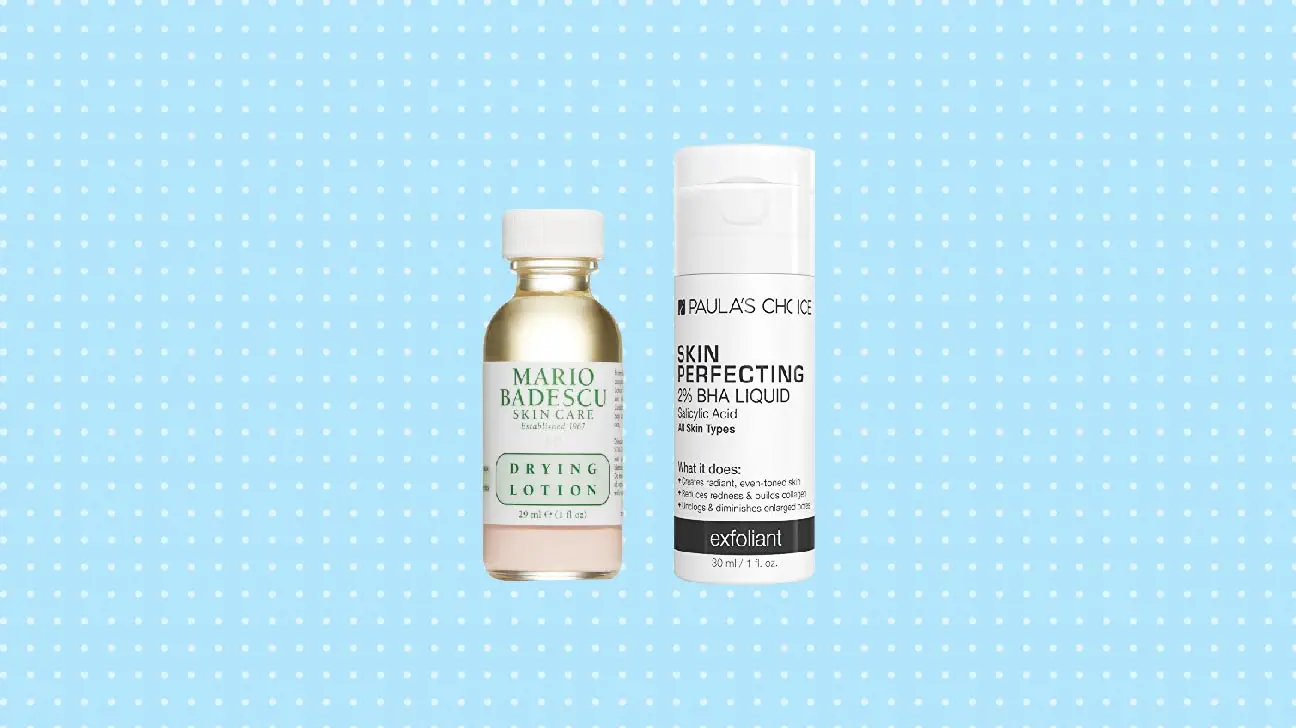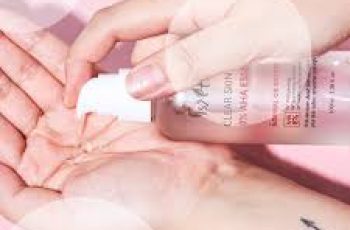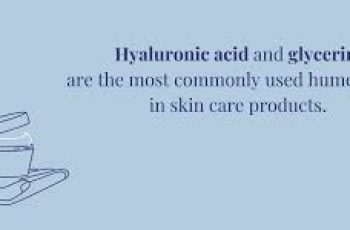
Can You use Kojic Acid and Azelaic Acid?
When it comes to skincare ingredients, there are a few active ingredients that are so beloved that everyone seems to use them on a daily basis. On the other hand, there are active ingredients that are hidden in the beauty
industry but are not yet household names or prestigious names. Today’s blog post focuses on two outsiders, azelaic acid and kojic acid. What exactly do these ingredients do to the skin and how do you use them together?
In the next section, we’ll explain the benefits of these ingredients and how to effectively incorporate them into your daily skincare routine.
What is kojic acid?
Kojic acid is one of the lesser known chemical exfoliants in the AHA family. It is a by-product of various mushrooms and fermented foods such as soy sauce, rice wine, and sake. Has the ability to block the amino acid tyrosine,
which is responsible for the production of melanin. This makes kojic acid one of the most effective whitening and whitening acids. Those concerned about sun damage, age spots, hyperpigmentation and melasma areas. You’ll find
that kojic acid is also an effective ingredient in fighting breakouts and acne due to its antibacterial properties. Kojic acid is very effective in fighting acne and pigment spots, but you may find that it can cause increased
skin irritation, especially if your skin type is dry and prone to sensitivity.
Because of its high potency, you can find kojic acid in concentrations of 1% or less in various formulations. Such a high percentage means that this active ingredient works effectively when applied to the skin (mainly hands and
face) occasionally and for short periods of time. Depending on the product formulation will determine how the kojic acid is applied to the skin. Some formulations, such as soaps, cleansers, and face washes, contain effective
amounts of acid and should be rinsed off the skin immediately. For products that are left on the skin for an extended period of time, you will find that kojic acid has limited effectiveness as it absorbs poorly in the lower
layers of the skin.
If you’re interested in learning more about kojic acid, here are some powerful facts about kojic acid that you can learn from insiders in the beauty industry.
What is Azelaic Acid?
Often confused with AHAs, this dicarboxylic acid is derived from grains such as barley, wheat, and rye. Azelaic acid has antibacterial, antioxidant, and anti-inflammatory properties and is an active ingredient in fighting acne,
uneven skin texture, hyperpigmentation, and more.
Azelaic Acid dissolves the top layer of skin and the buildup of dead skin cells, dirt, bacteria and other impurities. All of this leads to blemishes like blackheads, flaky plaques, and premature signs of aging, which are
exacerbated by the fact that fine lines and wrinkles become more noticeable.
Azelaic acid is considered one of the mildest acids and can be used effectively by those with sensitive skin. Azelaic acid also has unique properties that make it especially effective on people with darker skin tones. Powerful
acids fight pigmented spots on dark or dark skin without increasing the risk of sensitivity and irritation.
You can learn more about azelaic acid at The Beauty Insiders, where we have blog posts about its benefits, how it affects skin, and the best ingredients to use with it.
Can kojic acid and azelaic acid be used?
Yes, but only if they are properly applied to the skin. Both acids have similar pH levels, and both are more acidic and can alter the skin’s natural pH, causing irritation and weakening of the skin barrier, which can lead to
skin damage. Kojic and azelaic acids are used in a variety of ways. The following are examples of valid combinations.
Allow approximately 30 minutes between applications
Adhering to this time will allow the skin and pH to stabilize and avoid unwanted side effects or irritation. Ideally, I recommend using both at night, as this will limit exposure to further free radical damage such as UV rays,
pollution, and harsh weather.
Alternate dates for each acid
Alternating each acid throughout the day will give you the best results without the risk of irritation. Again, I recommend applying the acid to the skin at night for peace of mind and to avoid increased itching and irritation.
use them at different times of the day
You can use each acid at different times of the day instead of switching dates. Start using azelaic acid in your morning routine, and don’t forget to apply SPF for extra protection. This allows the mild acidity to work on the
skin throughout the day. You can then apply kojic acid at night, which is more effective but more likely to cause irritation when exposed to UV rays.
As with all skin care ingredients, it’s important to make sure your skin benefits from the new ingredients you add to your daily routine. Therefore, it is very important to consult a doctor or dermatologist before using any new
ingredients or formulations.
Is Kojic Acid an AHA?
Yes, it is, although it’s not as well-known as glycolic or lactic acid. Kojic Acid works on the surface of the skin to remove dead skin cells, dirt and debris. In this way, new, vibrant skin is revealed, the complexion appears
radiant and healthy, and the skin barrier is strengthened, able to protect itself from further skin damage. It also penetrates the subdermis to unclog pores of excess sebum and bacterial buildup, contributing to the clarity and
overall health of the complexion.
The final property of kojic acid is that it inhibits the overproduction of melanin by amino acids, which leads to the darkening of melasma and hyperpigmentation. Kojic acid is a powerful whitening ingredient, but it can cause
increased irritation, especially after a chemical peel has occurred on the skin’s surface. So, as I’ve emphasized before, it’s important to apply SPF daily for extra sun protection.
There you can get more information on lesser known acids and their benefits for the skin. If you have any other questions, feel free to reach out to us on Instagram.


